Introduction: Exploring the Essentials of a School Science Lab
A well-equipped school laboratory is the backbone of effective science education. Practical experiments help students understand complex scientific concepts, develop critical thinking skills, and foster curiosity. Schools need reliable, safe, and functional equipment to create a conducive learning environment. Labix presents the Top 20 School Science Laboratory Equipment list and uses | Labix, providing detailed insights into each tool and its applications.
1. Microscope
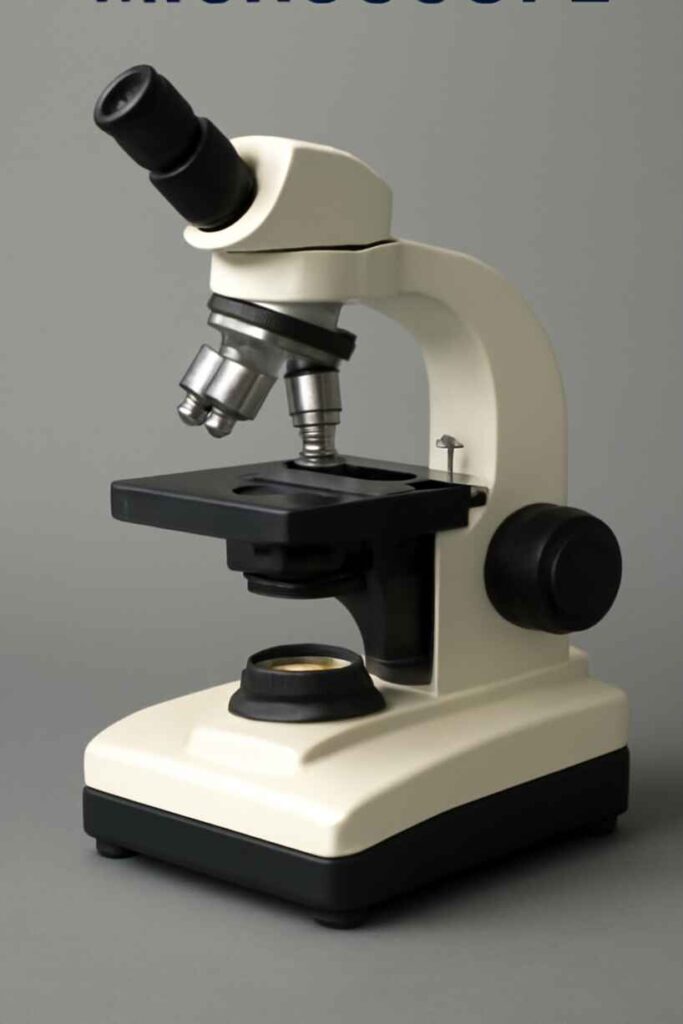
Think of a microscope as a magical magnifying glass on steroids. It makes invisible worlds visible, revealing entire ecosystems inside a single drop of water or the tiny details of a leaf or insect wing. In schools, labs, and research centers, microscopes are the ultimate curiosity machine, letting students see cells dividing, bacteria crawling, and structures that are literally too small for your eyes to catch.
Uses:
- Observing plant and animal cells.
- Studying microorganisms in pond water or cultures.
- Learning about cell structures, mitosis, and microorganisms.
- Enhances practical understanding in biology classes.
2. Test Tubes
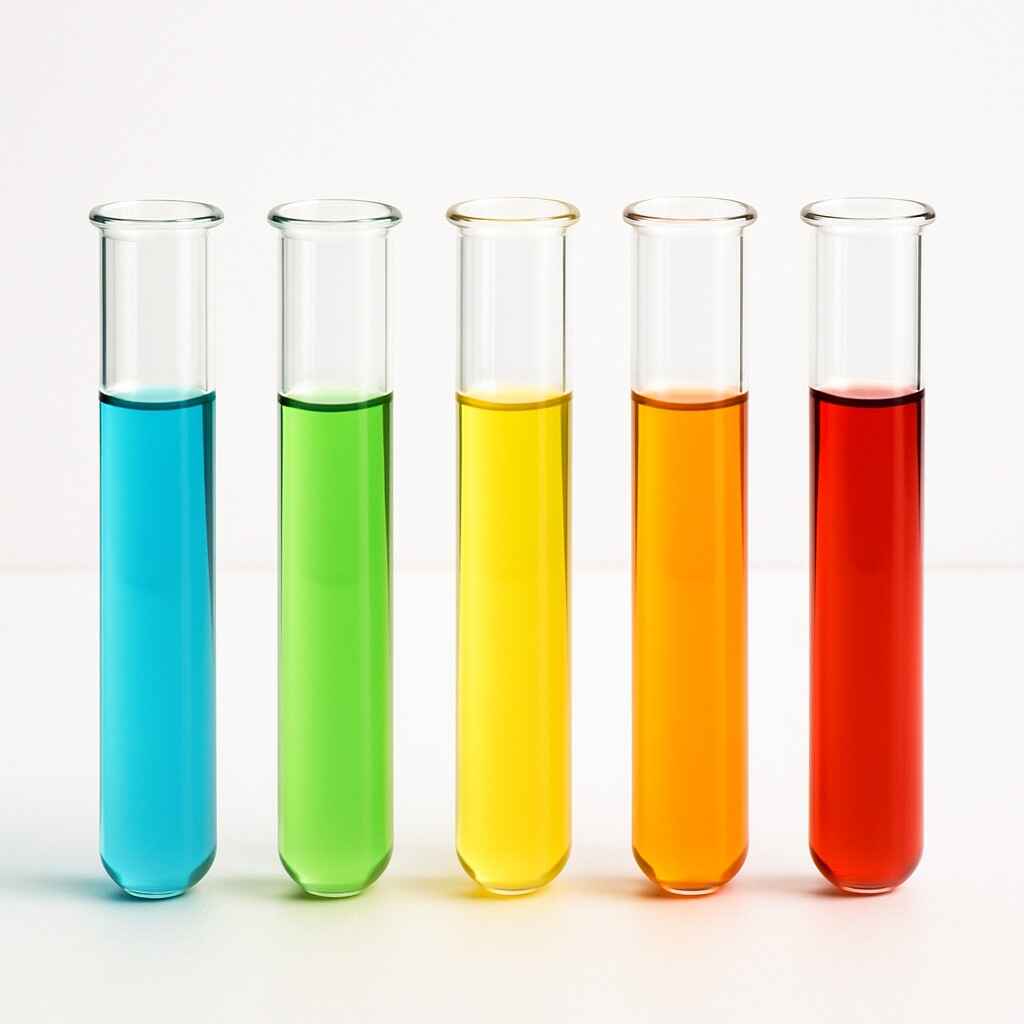
Imagine a mini-lab in a glass cylinder—that’s a test tube! It’s a tiny vessel where chemical magic happens. Pour some liquid, add a drop of another chemical, heat it a bit, and watch reactions unfold. Scientists and students use it every day to mix, observe, or heat small samples without creating a mess.
Cool uses:
- Seeing a liquid change color instantly during a reaction.
- Heating solutions over a flame safely.
- Holding samples like pond water to discover microorganisms.
- Running small experiments before trying bigger ones.
Basically, the test tube is like the starter kit for all lab experiments, from school science classes to professional research labs.
3. Beakers
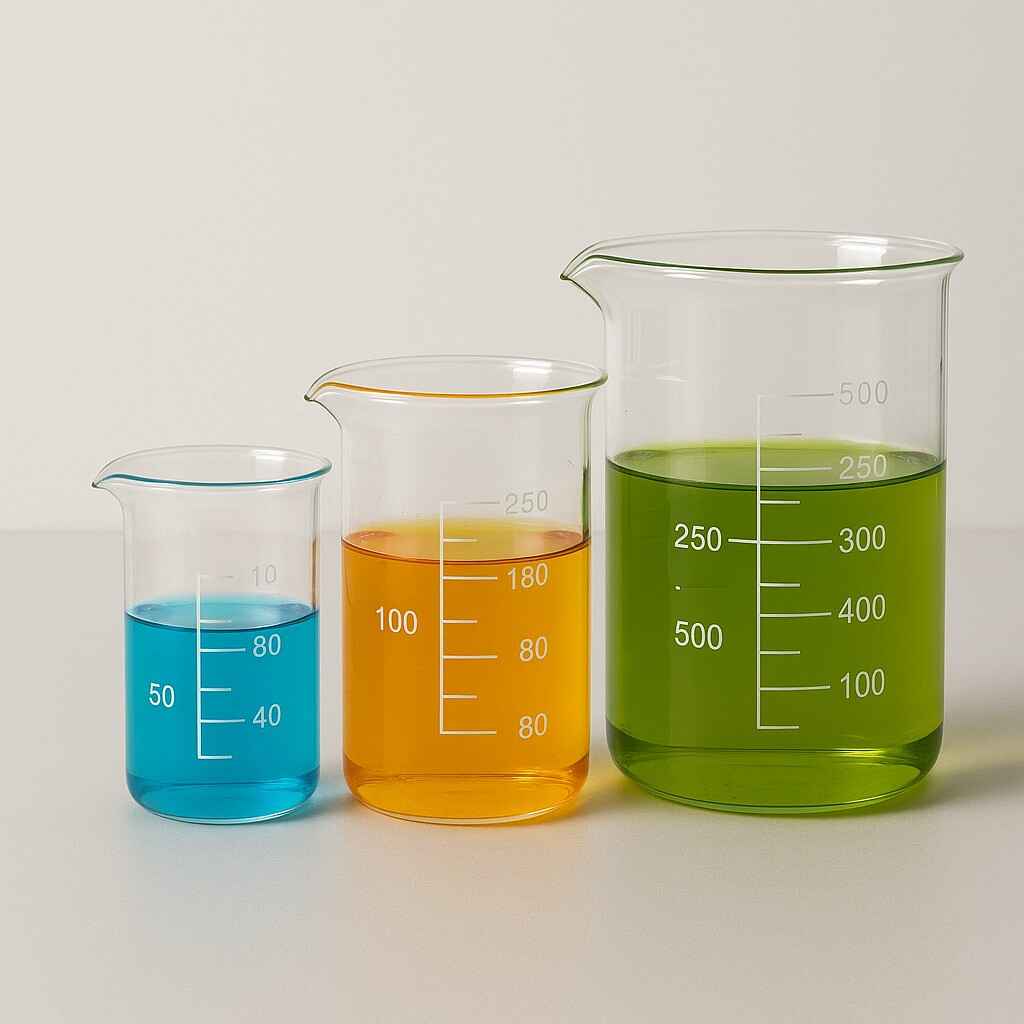
Think of a beaker as the workhorse of the lab—a sturdy, open-top cup that handles pretty much anything you throw in it! Pour in a solution, mix chemicals, or heat it over a flame; the beaker survives it all.
Cool uses:
- Stirring solutions without spilling.
- Watching reactions as liquids bubble, fizz, or change color.
- Measuring liquids quickly when exact precision isn’t required.
- Holding samples for students to observe safely.
In short, a beaker is the everyday hero of school labs and research labs alike, the container you cannot do experiments without.
4. Measuring Cylinders
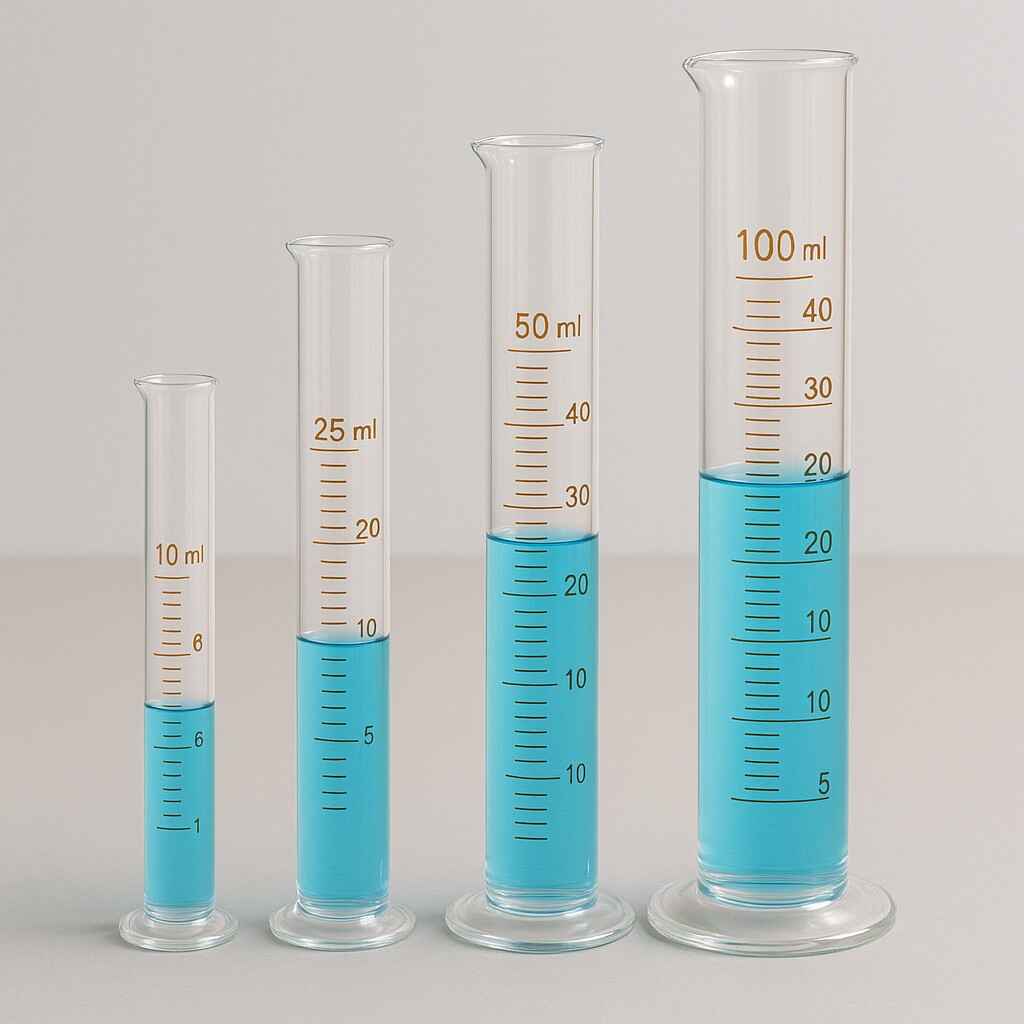
Imagine a liquid measuring ruler in a tube—that’s a measuring cylinder! It’s designed for accuracy, letting students pour the exact amount of liquid they need for experiments. Unlike a beaker, it gives precise measurements, which is crucial in chemistry and biology.
Cool uses:
- Making solutions where every drop counts.
- Comparing volumes of different liquids quickly.
- Pouring exact amounts into test tubes, flasks, or beakers.
- Teaching students the importance of precision in science.
Measuring cylinders are a must-have for school labs because they turn messy guesses into accurate experiments, helping students learn scientific precision early on.
5. Pipettes and Droppers
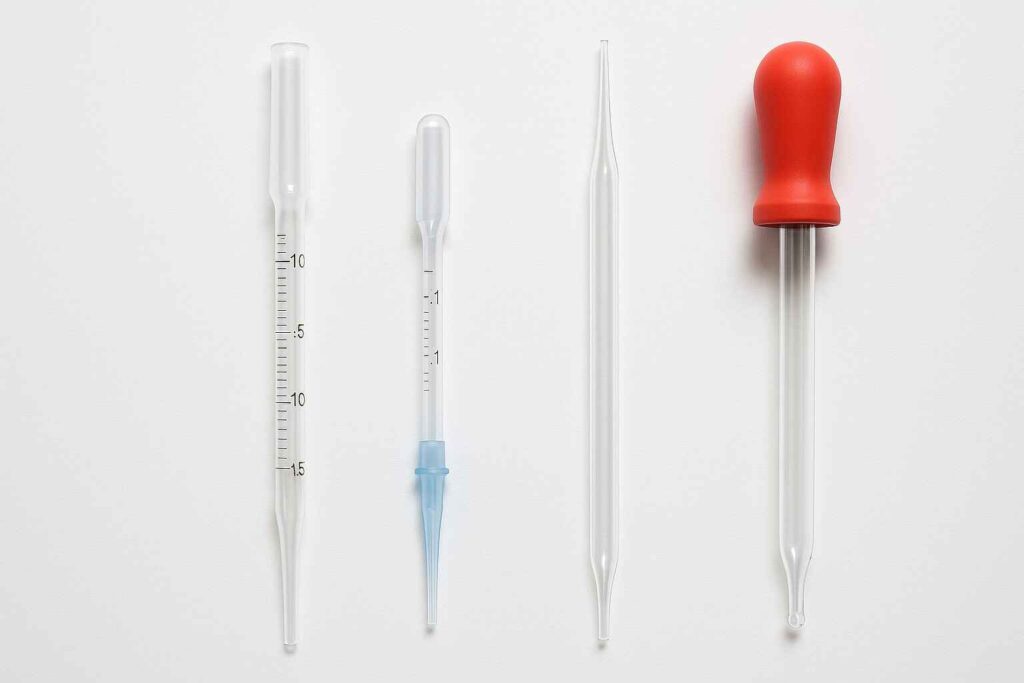
Pipettes and Droppers
Introduction: Pipettes and droppers are tools used to transfer small amounts of liquids accurately from one container to another. They are widely used in chemistry and biology labs for experiments requiring precision.
Uses:
- Adding chemicals drop by drop in titration experiments.
- Transferring small amounts of liquid into test tubes or flasks.
- Teaching students accuracy and control when handling liquids.
- Measuring precise volumes for solution preparation.
6. Bunsen Burner
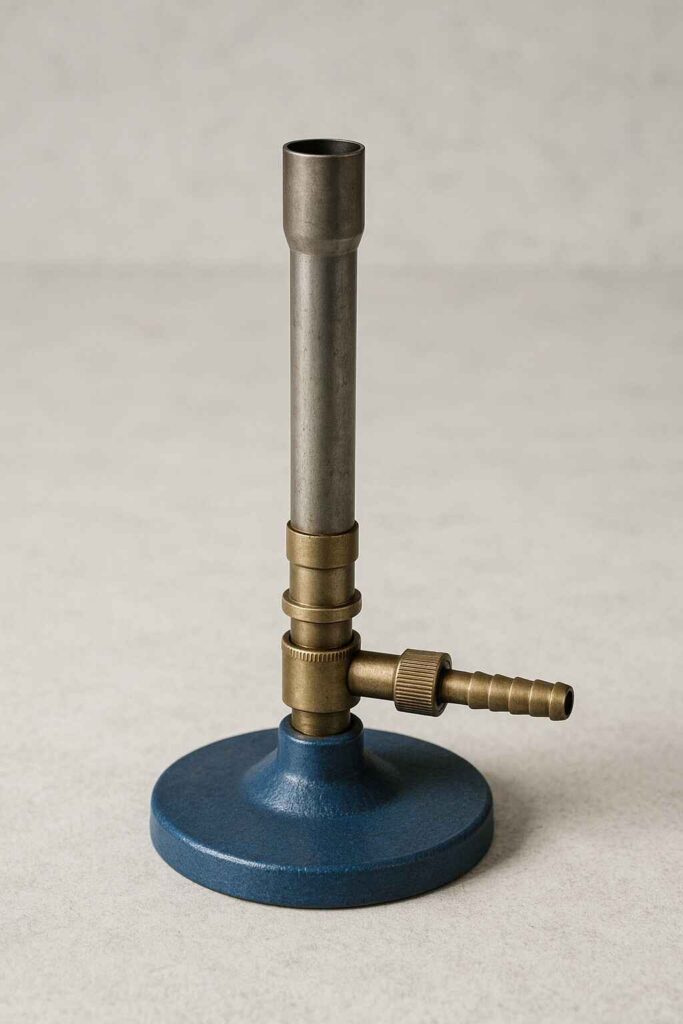
The Bunsen burner, on the other hand, is the heat engine of the lab. Light it up, and suddenly your test tube or beaker becomes a miniature volcano! You can boil liquids, melt solids, perform flame tests, or sterilize instruments—all with one controlled flame. It’s both exciting and educational, but safety comes first!
Uses:
- Heating liquids and solids.
- Performing flame tests to identify metal ions.
- Sterilizing equipment like inoculating loops in biology labs.
7. Tripod Stand and Wire Gauze
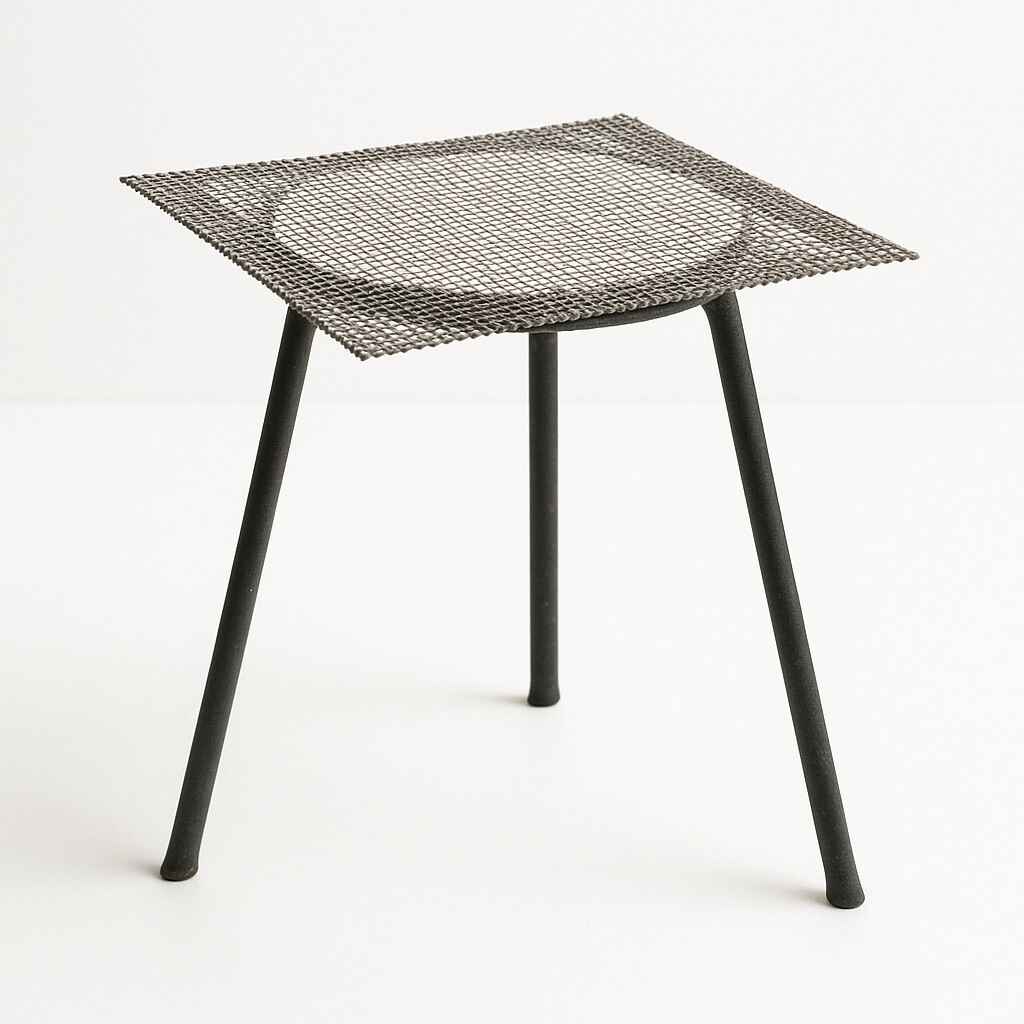
Think of a tripod stand and wire gauze as the support duo of the lab. The tripod lifts your beaker or flask safely above the flame, while the wire gauze spreads the heat evenly so nothing cracks or spills. It’s like giving your experiment a stable and secure stage to perform on!
Uses:
- Supporting beakers and flasks during heating.
- Preventing direct contact with Bunsen burner flames.
- Allowing uniform heating of liquids.
8. Crucibles and Lids
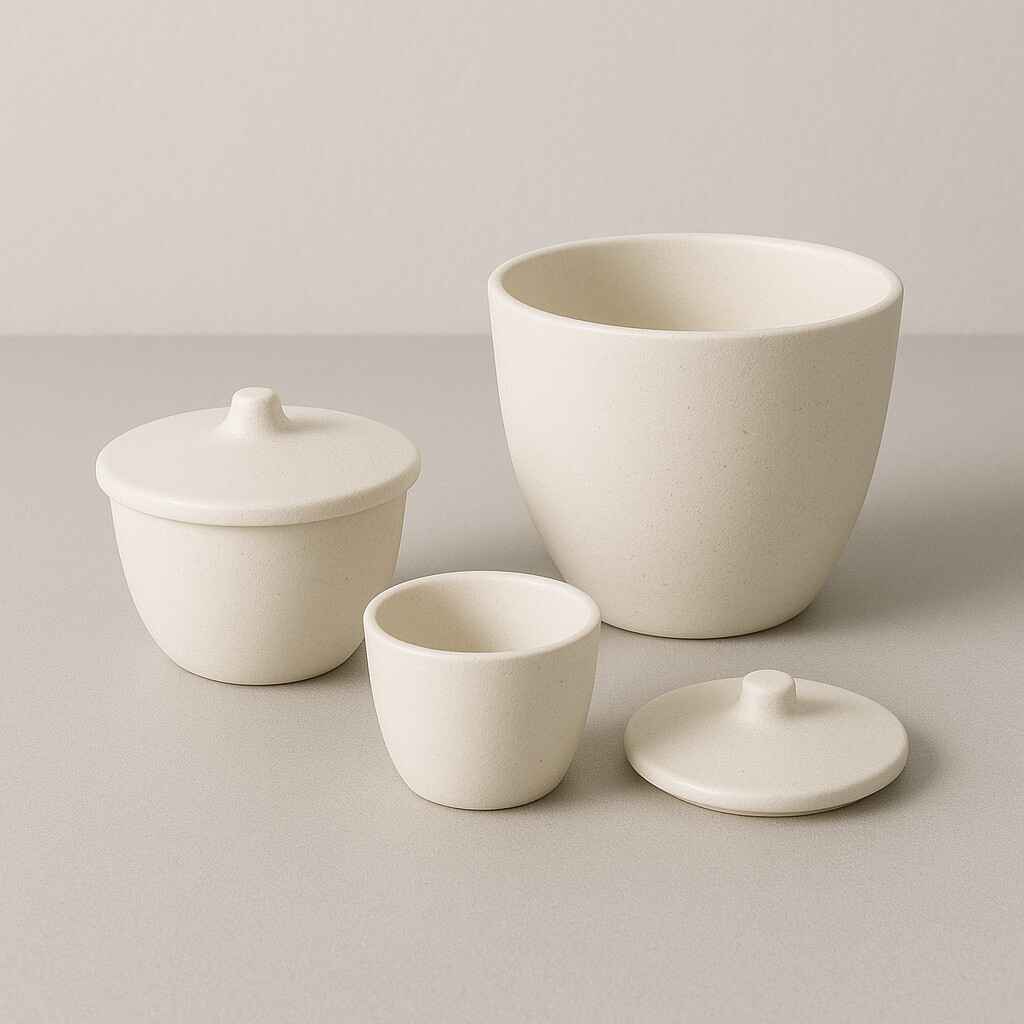
A crucible is a small, heat-resistant container made of materials like porcelain, clay, or metal. It is designed to withstand extremely high temperatures. The lid that comes with it helps control heat, minimize spillage, and reduce contamination during heating. Crucibles are a standard piece of laboratory equipment, especially in school labs, for experiments involving intense heating.
Uses:
- Heating solids to very high temperatures without breaking or melting the container.
- Carrying out chemical reactions that require strong heating (e.g., decomposition of compounds).
- Melting metals or small samples.
- Preventing contamination by using the lid to cover the crucible.
- Teaching students about high-temperature reactions in chemistry labs.
Material Note:
- Porcelain crucibles → widely used in school labs.
- Clay/graphite crucibles → common for industrial-level heating.
9. Flasks (Erlenmeyer, Conical, Round Bottom)
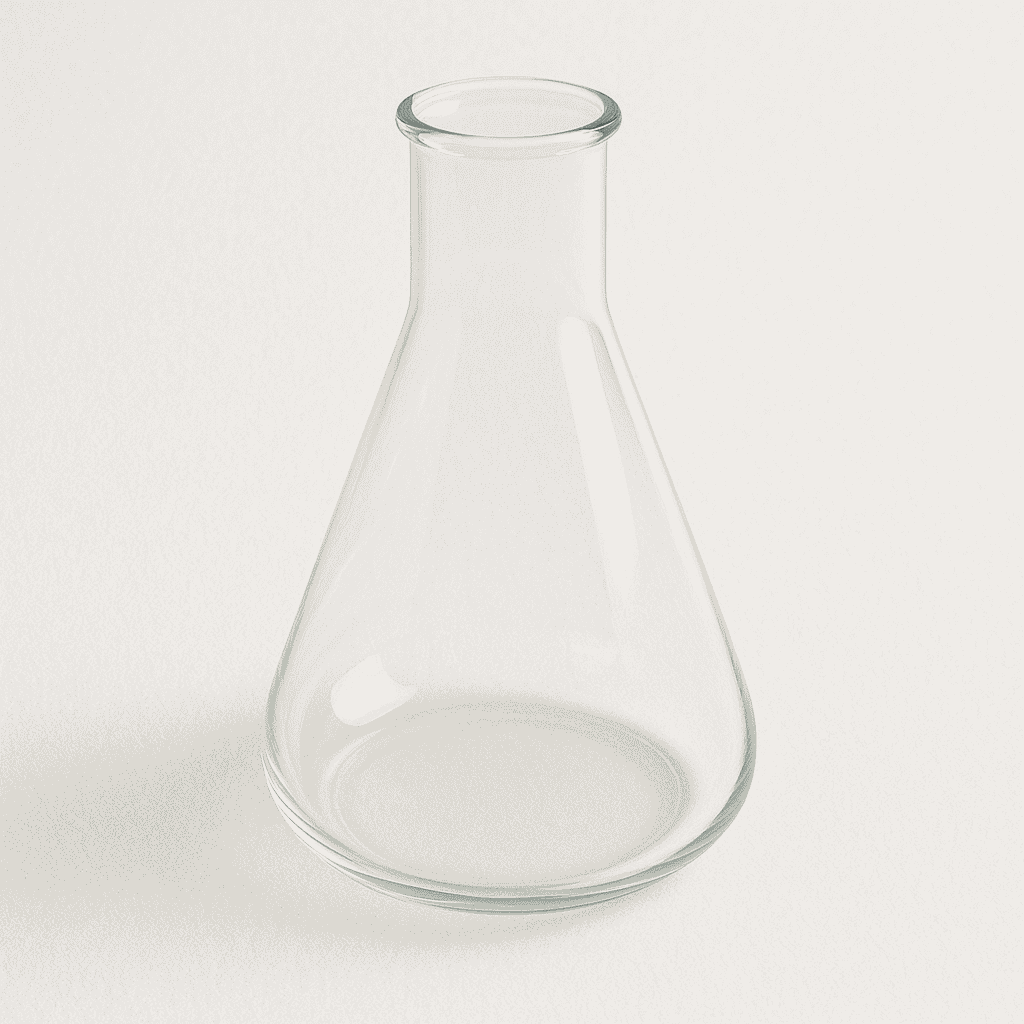
A flask is like the all-rounder bottle of the lab. Unlike beakers, which spill easily, a flask has a slim neck and broad base, making it perfect for swirling, shaking, or heating chemicals without splashing everywhere. It’s one of the most iconic school science lab tools.
Why It’s Popular in School Labs:
- You can mix chemicals just by swirling—no need for a stirrer.
- The narrow neck stops liquids from spilling, even when heated.
- Teachers love using conical flasks for titration experiments (acid vs. base).
- Round-bottom flasks are great for heating reactions evenly.
- Volumetric flasks help prepare accurate chemical solutions for practical exams.
In short: flasks = safe + versatile + essential. No school science lab is complete without them!
Uses:
- Performing titration experiments.
- Mixing chemicals without spillage.
- Boiling liquids in controlled conditions.
- Storing liquid samples for experiments.
10. Thermometer
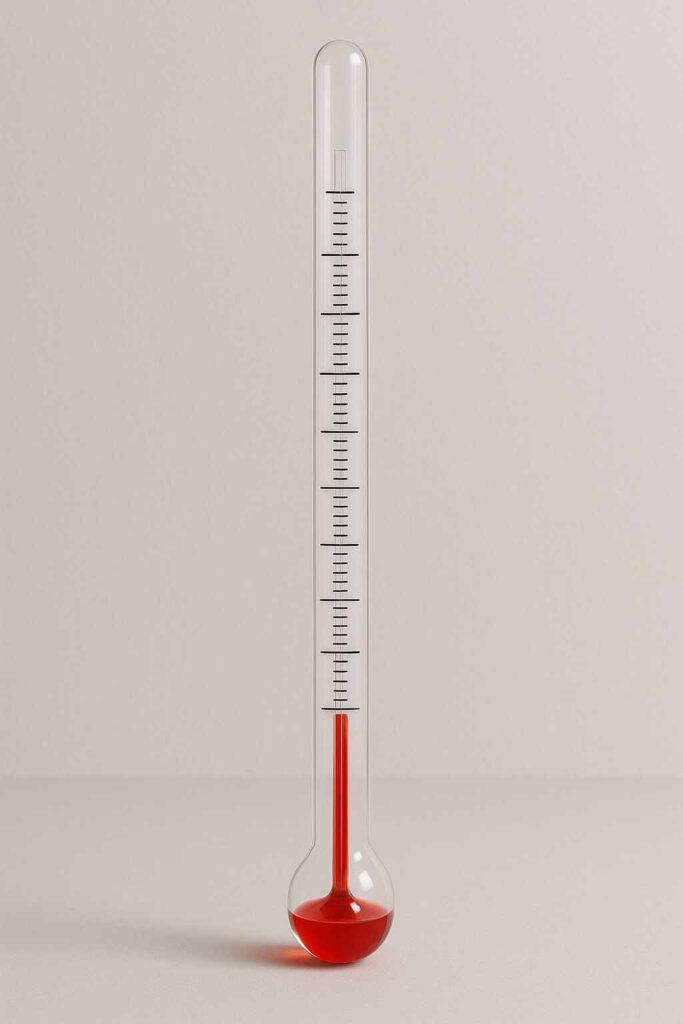
Introduction: Thermometers measure temperature accurately during experiments, an essential factor in chemical and biological studies.
Uses:
- Monitoring the temperature of chemical reactions.
- Checking water baths and incubators.
- Teaching students the effect of temperature on chemical processes.
11. Balance / Weighing Scale
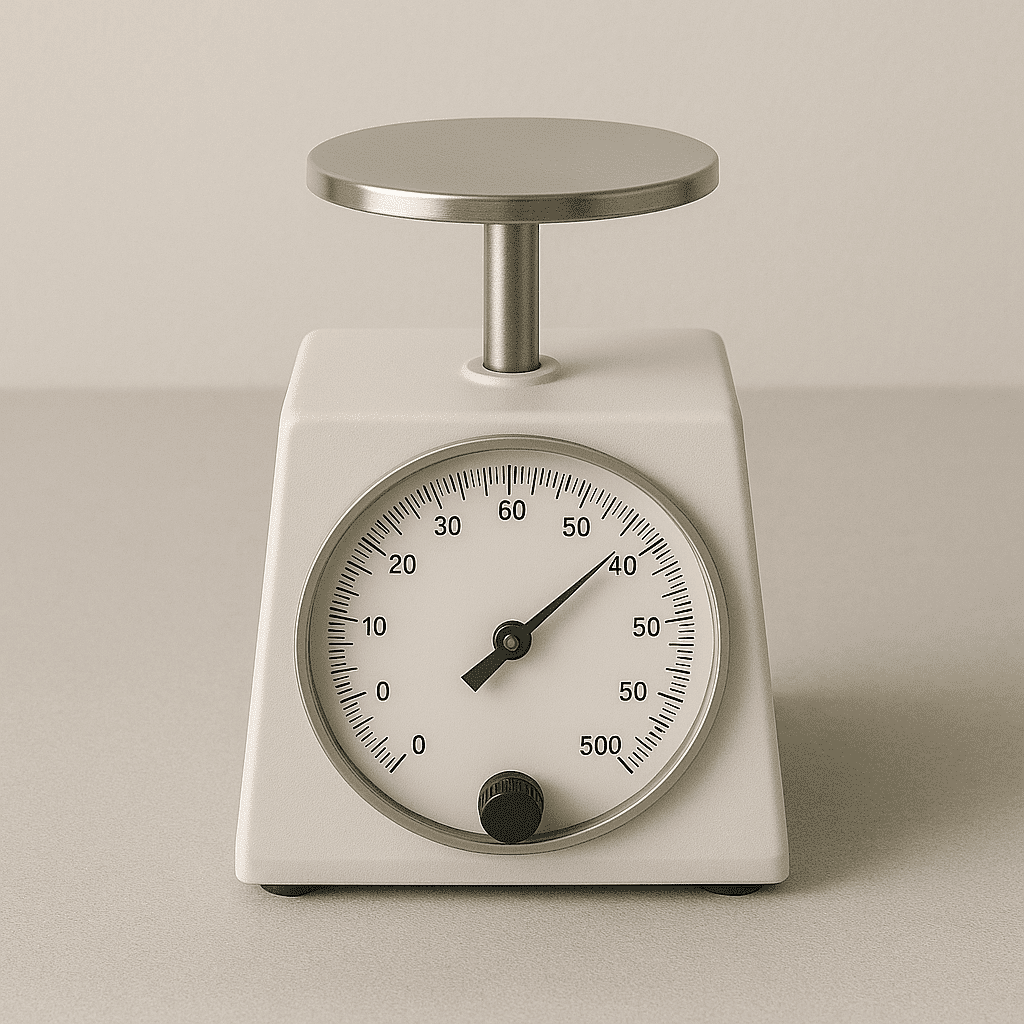
Introduction: Balances are devices used to measure the mass of solids and liquids with precision.
Uses:
- Measuring chemicals accurately for reactions.
- Understanding the concept of mass and weight.
- Conducting quantitative analysis in chemistry experiments.
12. pH Paper / pH Meter
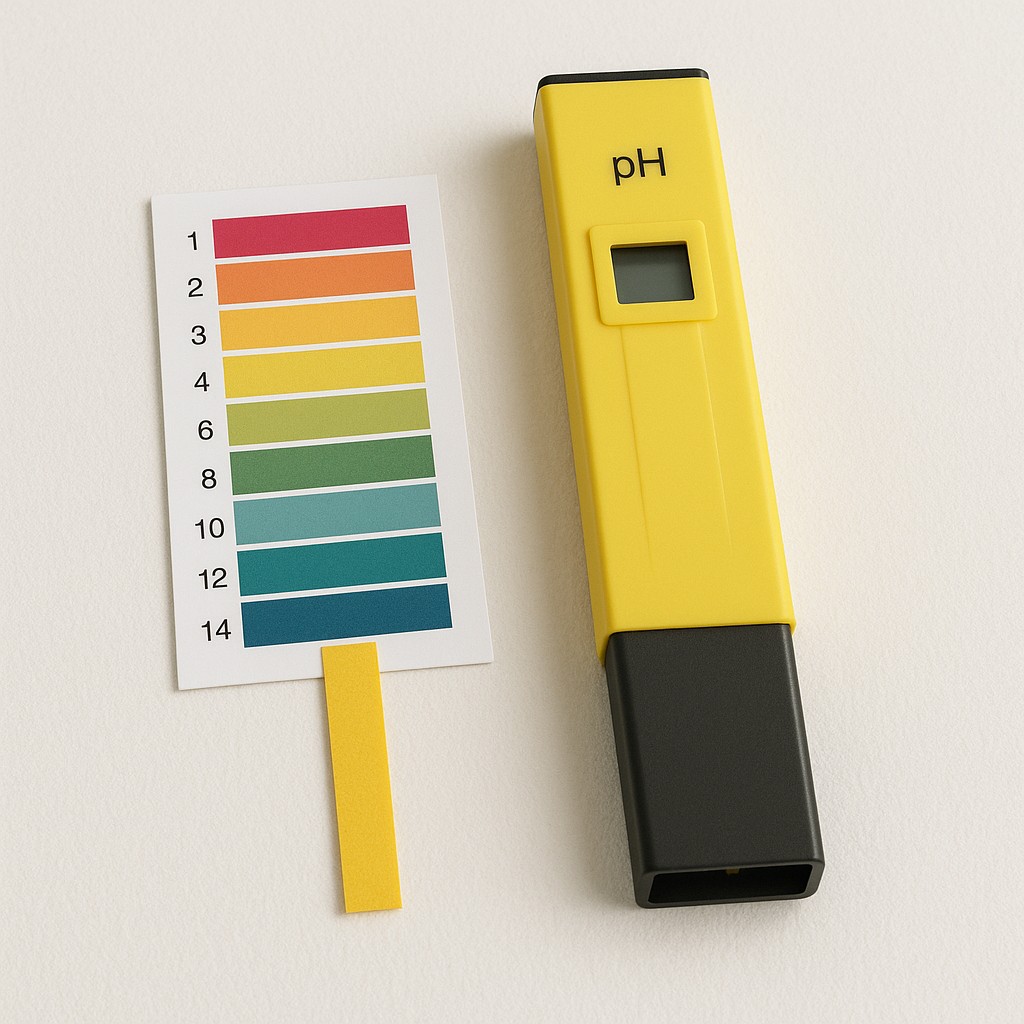
A pH meter is a digital instrument that provides a precise pH reading of a solution. It consists of a probe (electrode) that measures hydrogen ion concentration and displays the value on a digital screen. Unlike pH paper, it offers high accuracy.
Uses:
- Accurate measurement of acidity or alkalinity.
- Widely used in school labs for advanced chemistry experiments.
- Essential in biology experiments, like studying enzyme activity.
- Common in industries like food, agriculture, and water testing for precise results.
Comparison:
- pH Paper → Easy, quick, and inexpensive.
- pH Meter → Accurate, precise, but needs calibration and handling.
13. Glass Rods
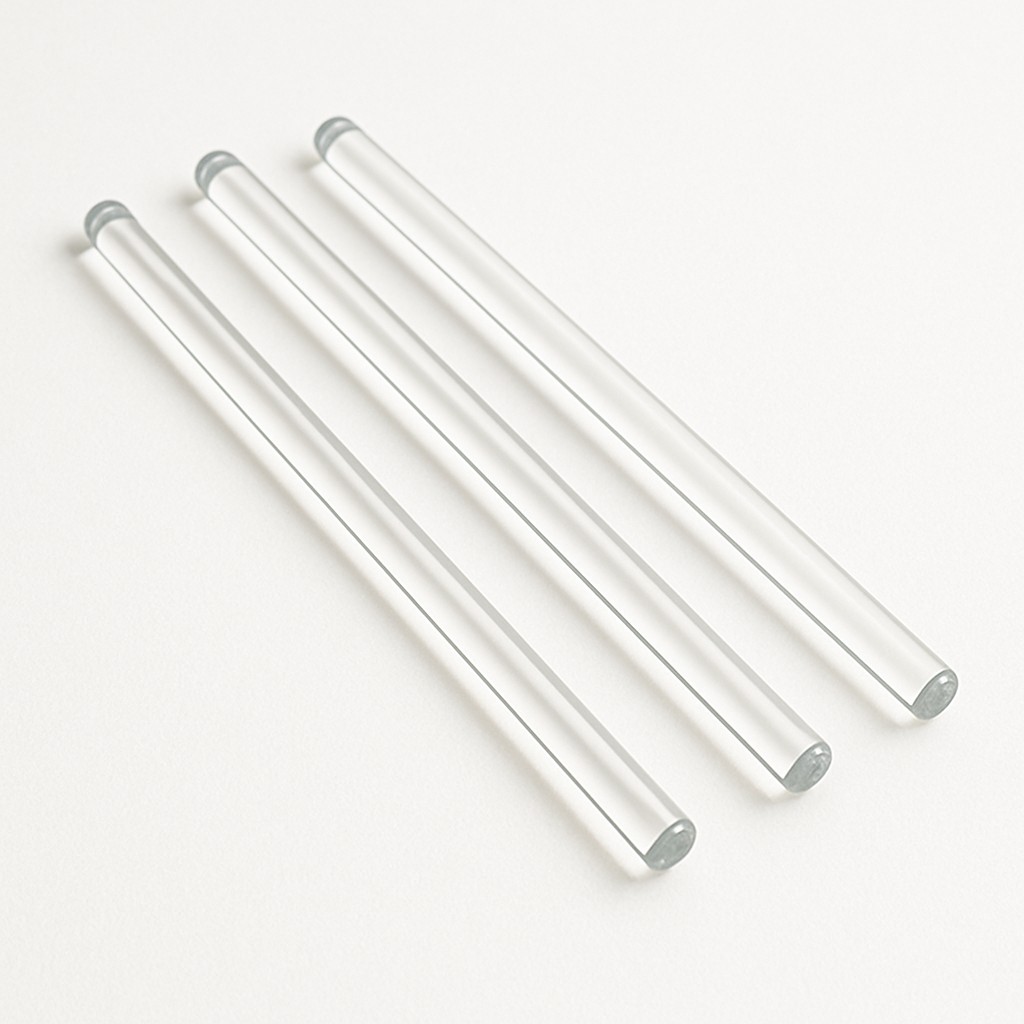
Introduction: Glass rods are simple tools used to stir liquids and mix solutions evenly.
Uses:
- Stirring chemicals during experiments.
- Preparing homogeneous solutions.
- Teaching students safe handling and stirring techniques.
14. Funnels
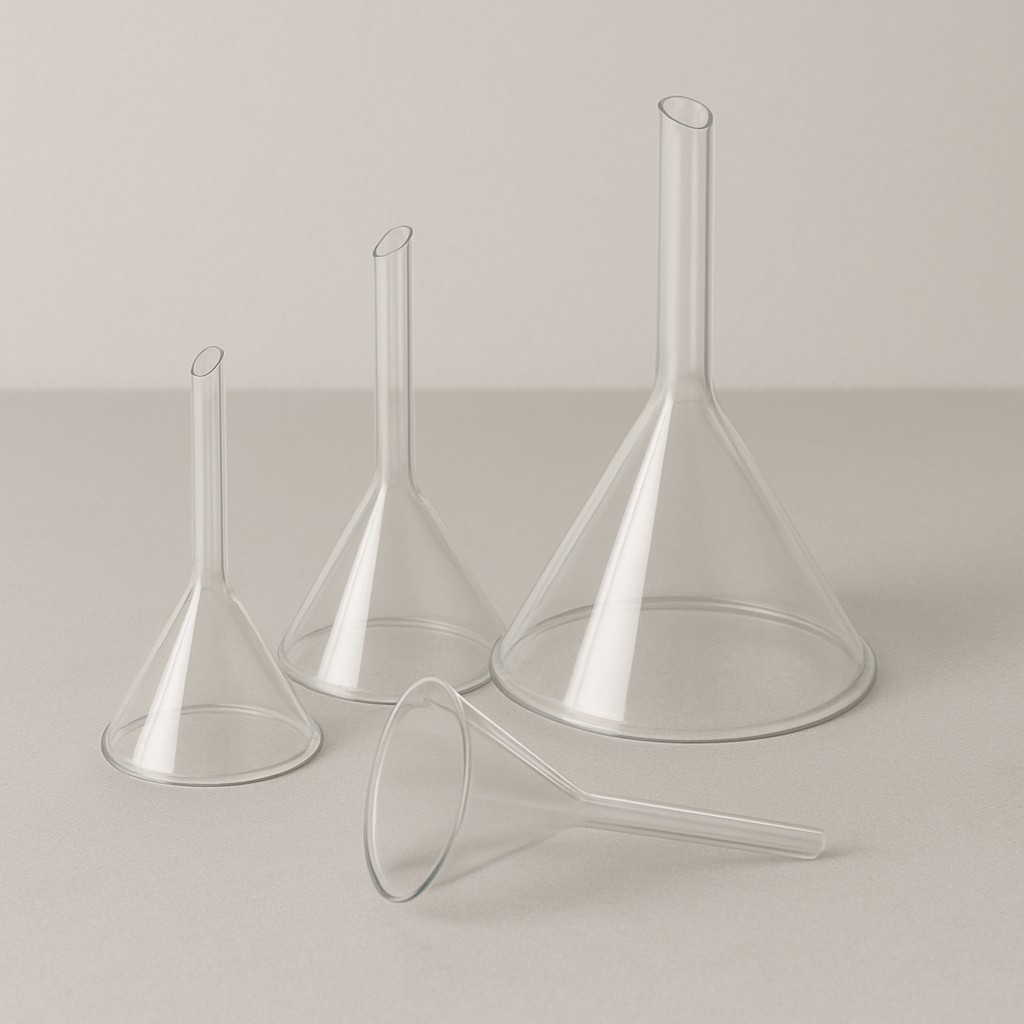
Introduction: Funnels are cone-shaped tools used to transfer liquids or powders into containers safely.
Uses:
- Pouring liquids into narrow-necked flasks.
- Filtering solutions using filter paper.
- Preventing spills during chemical handling.
15. Watch Glass
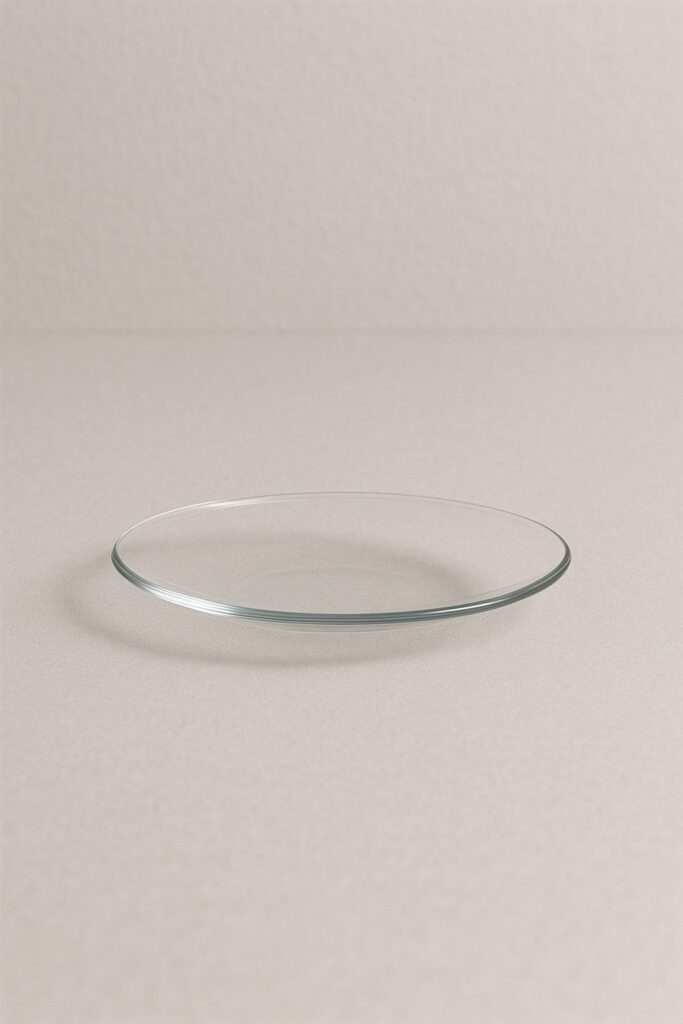
Introduction: Watch glasses are small, concave glass pieces used as surfaces for evaporation or holding small samples.
Uses:
- Evaporating liquids during experiments.
- Holding small amounts of solid chemicals.
- Covering beakers to prevent contamination.
16. Safety Goggles
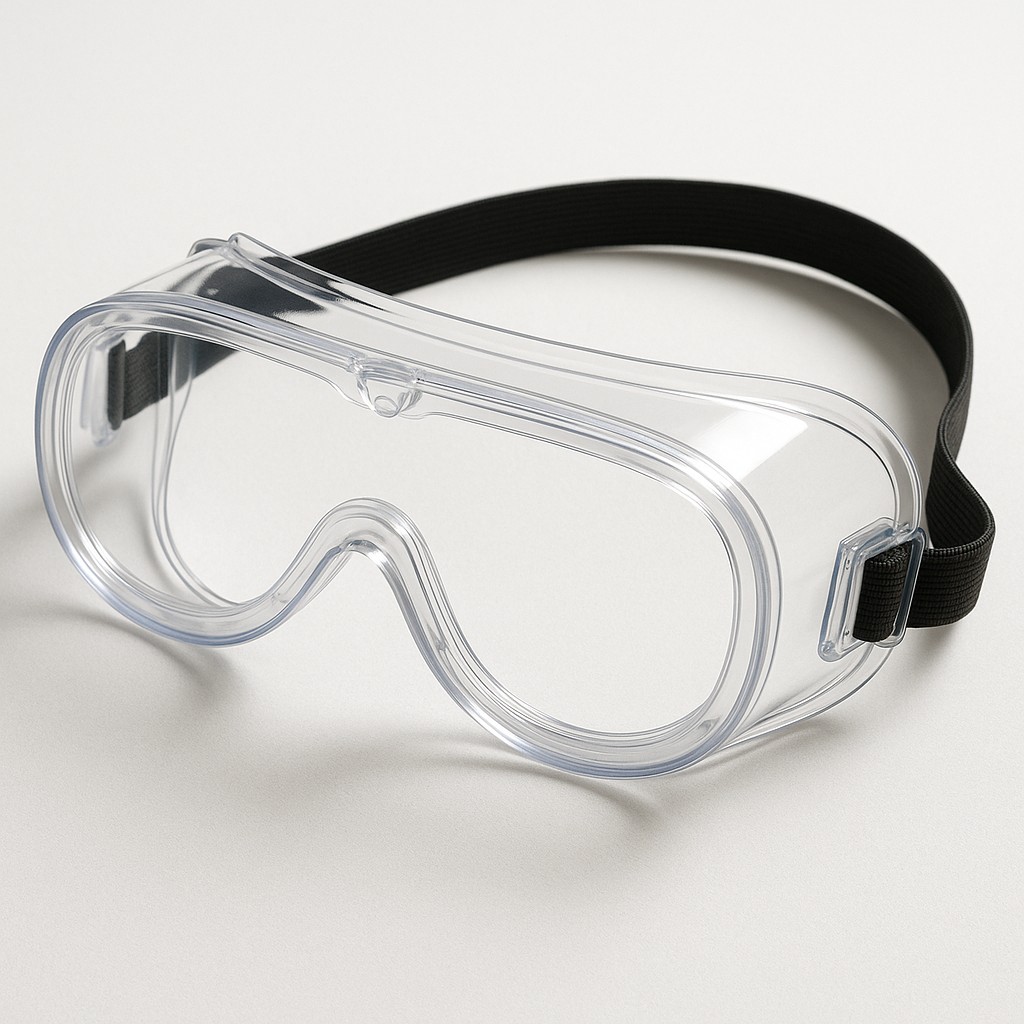
Introduction: Safety goggles protect students’ eyes from chemicals, heat, and flying particles.
Uses:
- Wearing during all practical sessions.
- Preventing accidents from splashes and debris.
- Promoting a culture of lab safety among students.
17. Gloves
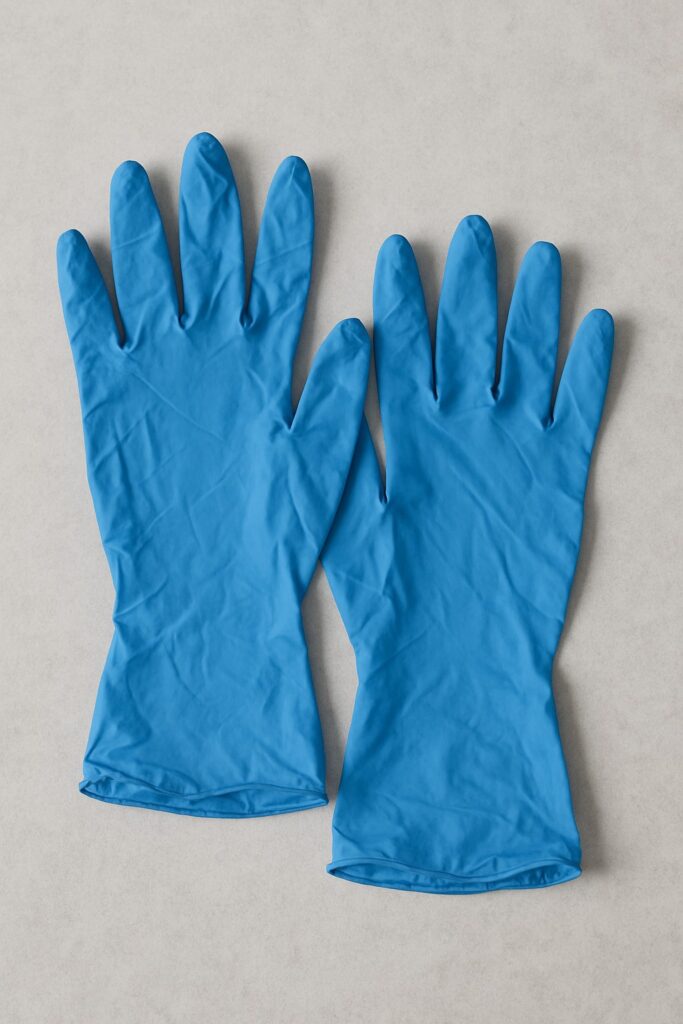
Introduction: Gloves provide hand protection when handling chemicals, hot equipment, or biological samples.
Uses:
- Ensuring safe handling of hazardous substances.
- Protecting students from burns and chemical reactions.
- Teaching hygiene and safety standards in the lab.
18. Tongs
Introduction: Tongs are used to safely handle hot vessels, crucibles, or other equipment.
Uses:
- Picking up heated test tubes or crucibles.
- Moving flasks from Bunsen burners to workstations.
- Ensuring safety during high-temperature experiments.
19. Test Tube Rack
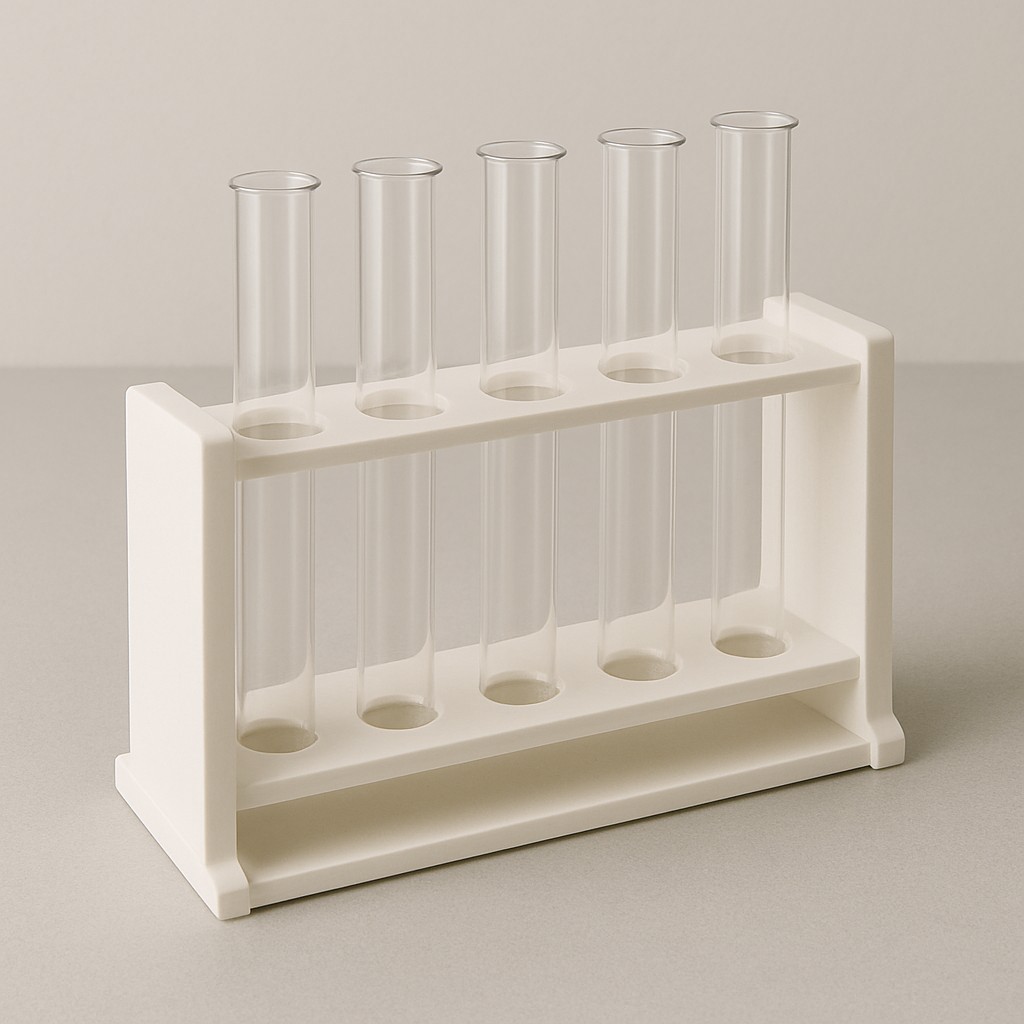
A test tube rack is like a parking lot for test tubes. Instead of test tubes rolling around the table or tipping over, the rack keeps them standing straight and safe. It’s a simple tool, but a lifesaver in busy school labs.
How Students Use It in School Labs:
- Lining up test tubes filled with different chemicals during experiments.
- Holding hot test tubes after heating, so they don’t fall or burn fingers.
- Comparing color changes in multiple samples at once.
- Keeping everything neat, organized, and accident-free.
In short, the test tube rack makes experiments organized, safer, and easier for students, which is why it’s always included in the top school science laboratory equipment.
Uses:
- Holding multiple test tubes securely.
- Organizing experiments for clarity.
- Reducing the risk of spillage and breakage.
20. Dropper Bottles / Reagent Bottles
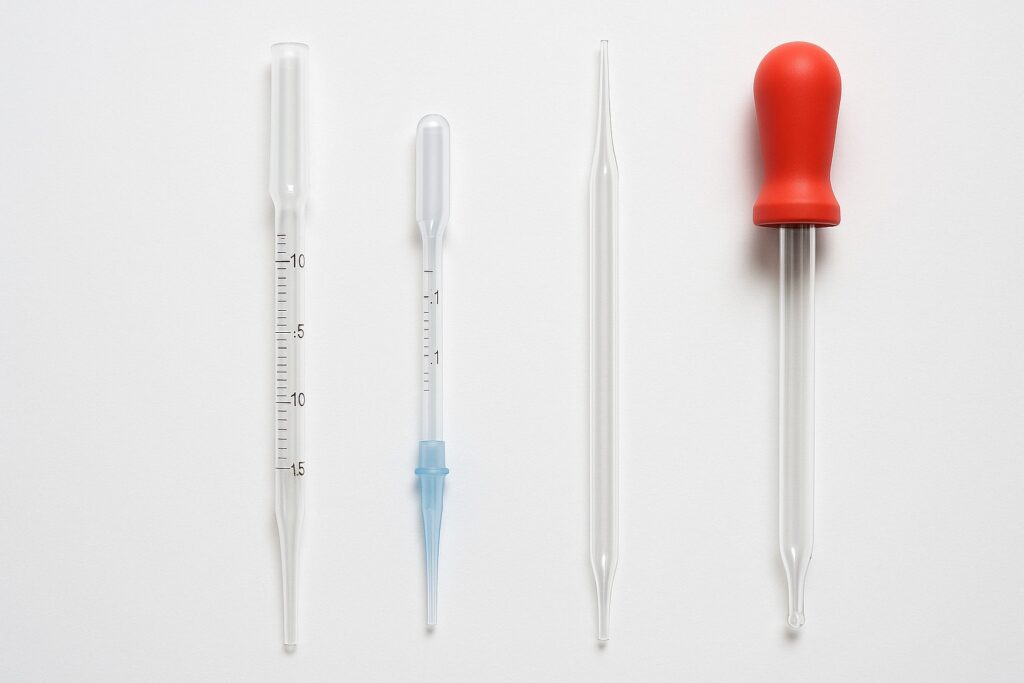
Reagent bottles, on the other hand, are the storage heroes of the lab. They keep chemicals safe, organized, and ready for use. Some are even amber-colored to protect light-sensitive substances, making sure nothing goes wrong before the experiment even starts. Together, dropper and reagent bottles make sure students can handle and store chemicals safely and efficiently.
Uses:
- Dispensing chemicals in measured amounts.
- Storing acids, bases, and other reagents safely.
- Preventing contamination and spills.
Closing Note: Equip Your School Lab with Labix Industries
The Top 20 School Science laboratory Equipment list and uses | Labix Industries provides a complete guide for creating a safe, interactive, and functional school laboratory. Each piece of equipment has a clear purpose and use, ensuring students gain hands-on experience while learning essential scientific principles. Investing in quality lab equipment ensures safety, reliability, and a rich learning experience, preparing students for future scientific endeavors.



Add comment